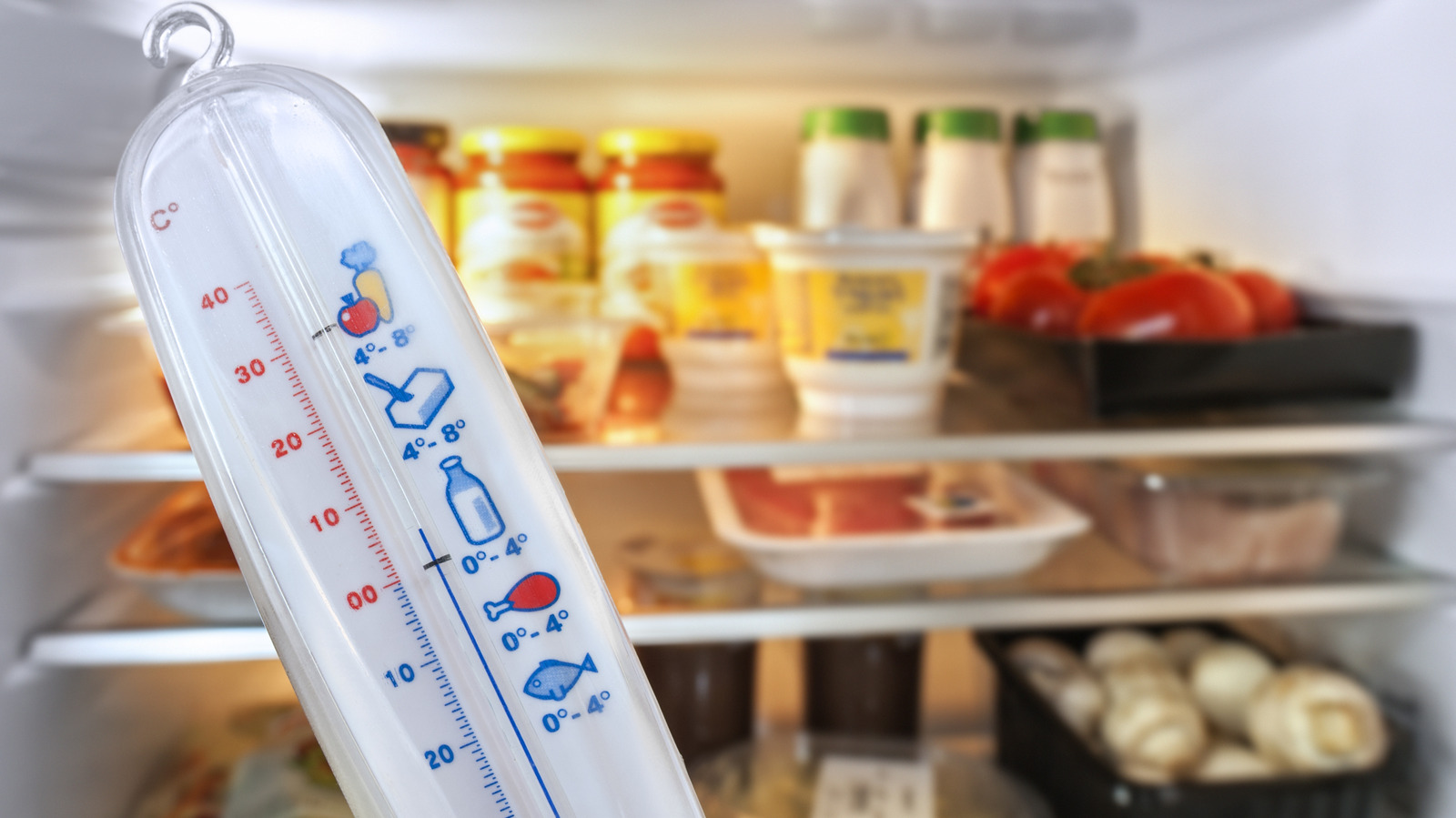
"We often hear recipes call for ingredients to be at "room temperature," as though that term carries a universal, dependable meaning, almost like a culinary safe harbor. But that phrasing may inadvertently lull us into a false sense of security by masking a range of real-world variation. What you're picturing in your cozy kitchen may be far different from what is implied by room temperature, and that difference matters - especially when it comes to keeping food safe."
"In fact, room temperature can span a surprisingly broad range - typically around 68 to 72 degrees Fahrenheit in many households - but under various professional or regulatory contexts, it can mean anywhere from about 59 up to 86 degrees Fahrenheit (with controlled-room-temperature often defined between 68 and 77 degrees Fahrenheit, but allowing even brief spikes up to 104 degrees Fahrenheit). This wide span illustrates just how variable room temperature can be depending on climate, season, HVAC settings, building type, or even whether you're in a pharmacy, a restaurant, or your own home."
"That variability becomes especially significant in food contexts, because what may seem like a harmless ambient temperature could actually fall squarely into the danger zone - the range between 40 and 140 degrees Fahrenheit where bacteria grow particularly fast. Ignoring how much room temperature fluctuates can unintentionally expose food to risky bacterial growth, especially when combined with factors like humidity, air movement, or delays in refrigeration."
Room temperature commonly ranges around 68–72°F in many homes but can be defined from about 59 to 86°F in other contexts, with controlled-room-temperature sometimes cited as 68–77°F and brief spikes allowed up to 104°F. That range depends on climate, season, HVAC settings, building type, and location such as pharmacies or restaurants. The food temperature danger zone from 40 to 140°F promotes rapid bacterial growth; pathogens like Salmonella, E. coli, and Staphylococcus aureus can double in as little as 20 minutes. Humidity, air movement, and refrigeration delays further increase contamination risk, so awareness and prompt cooling are essential.
Read at Tasting Table
Unable to calculate read time
Collection
[
|
...
]